How to Create Typography Art: Designing Unique and Personalized Lettering
Typography art is a form of design that involves creating unique and personalized lettering. It is a popular trend in the design world, and it can be seen in various forms, including posters, advertisements, logos, and more. With typography art, designers can express their creativity and showcase their skills in a unique way.
Typography art involves the use of different fonts, sizes, colors, and styles to create visually appealing designs. It is a combination of art and typography, and it requires a keen eye for detail and a creative mind. With the right tools and techniques, anyone can create beautiful typography art.
In this article, we will explore the world of typography art and provide you with tips and tricks on how to create your own unique and personalized lettering. We will cover everything from choosing the right fonts to creating a layout that is visually appealing and effective. Whether you are a seasoned designer or a beginner, this article will provide you with the knowledge and skills you need to create stunning typography art.
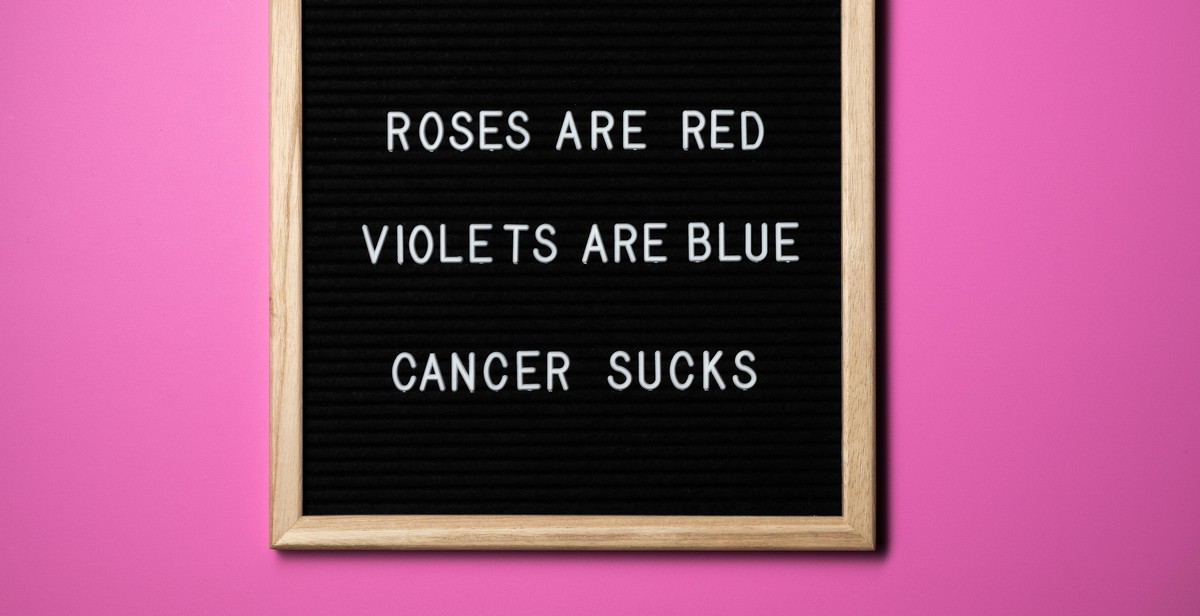
Understanding Typography
Typography is the art and technique of arranging type in order to make written language legible, readable, and appealing when displayed. It involves the use of typography basics like size, spacing, color, and style to create a visually pleasing and effective design.
Typography Basics
Typography basics are the fundamental principles of typography that every designer should understand. They include:
- Font: The typeface used for the text.
- Size: The height of the font measured in points.
- Spacing: The distance between letters and lines of text.
- Color: The hue, saturation, and brightness of the text.
- Alignment: The position of the text on the page.
Typography Styles
Typography styles refer to the different variations of typography that can be used to create unique and personalized lettering. Some of the most common typography styles include:
| Style | Description |
|---|---|
| Serif | A typeface that has small lines or flourishes at the ends of the letters. |
| Sans-serif | A typeface that does not have small lines or flourishes at the ends of the letters. |
| Script | A typeface that looks like handwriting or calligraphy. |
| Display | A typeface that is used for headlines and titles because it is bold and attention-grabbing. |
By understanding the basics of typography and the different styles available, designers can create unique and personalized lettering that is both visually appealing and effective in communicating the desired message.
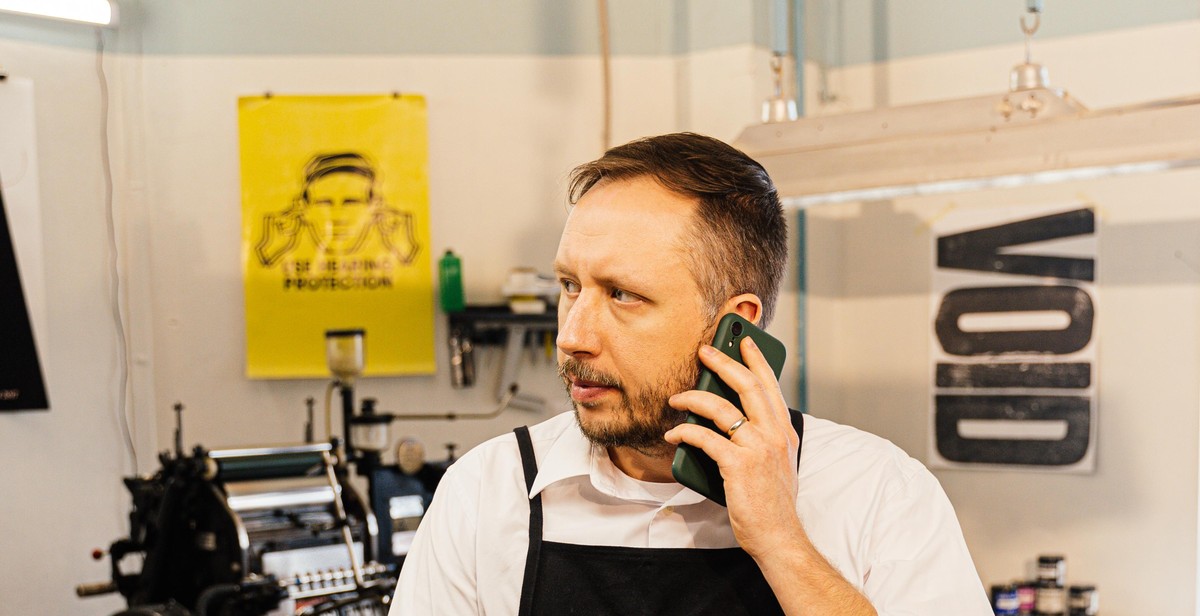
Tools for Creating Typography Art
Typography art can be created using a variety of tools, both digital and by hand. The following are some of the most popular tools used by designers and artists to create unique and personalized lettering:
Digital Tools
1. Adobe Illustrator: This is a popular vector graphics software that allows designers to create typography art with precision and ease. It offers a range of tools and features that can be used to create unique lettering, such as the pen tool, type tool, and various effects and filters.
2. Canva: This is a user-friendly graphic design tool that offers a range of templates and design elements for creating typography art. It also has a simple drag-and-drop interface that makes it easy for beginners to create professional-looking designs.
3. Procreate: This is a popular digital painting app that can be used to create typography art on an iPad. It offers a range of brushes and tools that can be used to create different styles of lettering, such as calligraphy, brush lettering, and more.
Hand Tools
1. Calligraphy pens: These are specialized pens that are used for creating calligraphy lettering. They come in a range of sizes and styles, and are ideal for creating elegant and sophisticated typography art.
2. Brushes: Brushes can be used to create a range of lettering styles, from bold and expressive to delicate and intricate. They come in a range of sizes and shapes, and can be used with a variety of mediums, such as ink, watercolor, and acrylic paint.
3. Chalk: Chalk can be used to create temporary typography art on a range of surfaces, such as chalkboards and walls. It can be used to create bold and expressive lettering, and is ideal for creating large-scale designs.
| Tool Type | Advantages | Disadvantages |
|---|---|---|
| Digital Tools | Easy to edit and manipulate, precise control over lettering, wide range of effects and filters | Requires a computer or tablet, can be expensive, may not have the same tactile feel as hand tools |
| Hand Tools | Can create unique and personalized lettering, tactile feel, can be used on a range of surfaces | May require more skill and practice, mistakes are harder to correct, may not be as precise as digital tools |
Whether you choose to use digital or hand tools for creating typography art, the most important thing is to experiment and have fun. With practice and patience, you can create unique and personalized lettering that reflects your own style and personality.
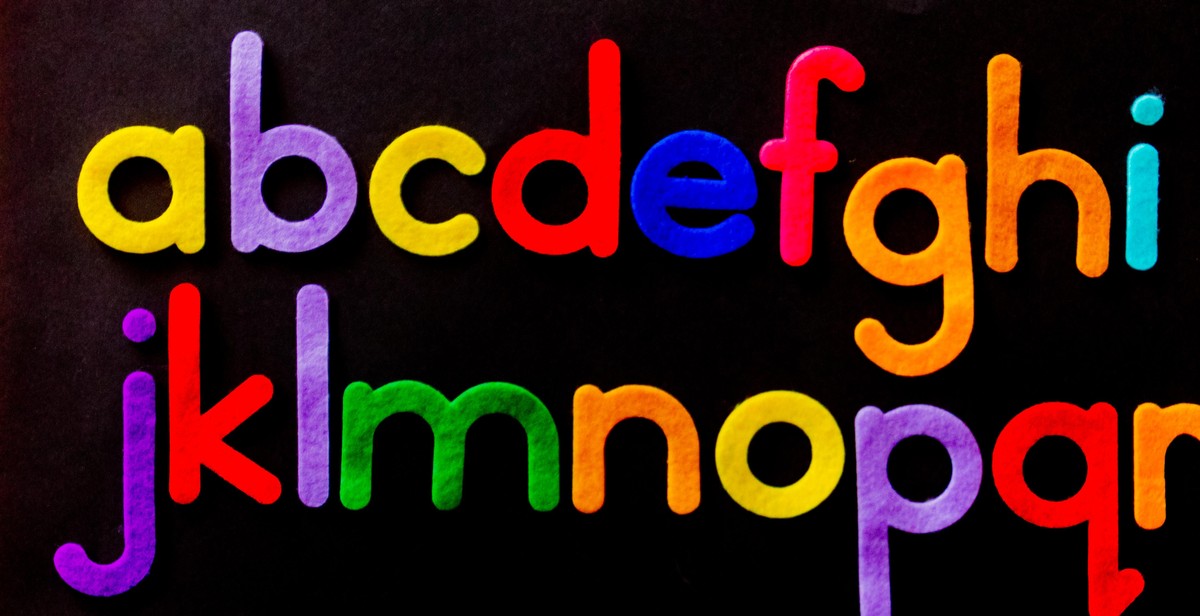
Designing Unique and Personalized Lettering
Typography art has become increasingly popular in recent years, and for good reason. It is a unique way to express your creativity and showcase your personality. However, designing unique and personalized lettering can be a daunting task. Here are some tips to help you get started:
Developing Ideas
The first step to designing unique and personalized lettering is to develop ideas. Brainstorm and sketch out different concepts that you want to convey through your typography art. Think about the message you want to convey and the emotions you want to evoke. This will help guide you in choosing the right typeface and layout.
Choosing the Right Typeface
Choosing the right typeface is crucial to designing unique and personalized lettering. It is important to select a font that complements your message and style. Experiment with different fonts until you find one that fits your vision. You can also customize the font by adjusting the weight, size, and spacing.
Playing with Layout and Design
Layout and design are also important elements in creating unique and personalized lettering. Play around with different layouts and designs until you find one that works best for your message. Consider the placement of the text, the use of color, and the overall composition of the piece. Don’t be afraid to experiment and try new things.
- Experiment with different layouts and designs
- Consider the placement of the text
- Use of color and overall composition of the piece
With these tips, you can create typography art that is unique and personalized. Remember to have fun and let your creativity shine through.
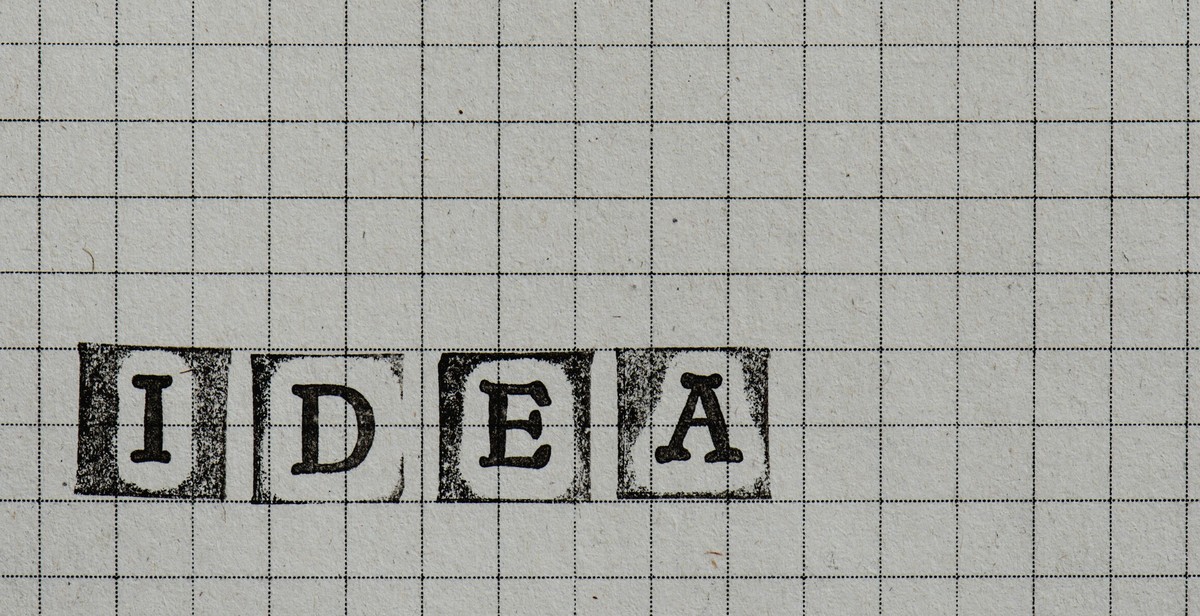
Tips for Creating Stunning Typography Art
Typography art is a beautiful way to express your creativity and showcase your design skills. Here are some tips to help you create stunning typography art:
Keep it Simple
One of the most important tips for creating typography art is to keep it simple. Complex designs can be overwhelming and distract from the message you’re trying to convey. Stick to a few fonts and a limited color palette to create a clean and cohesive design.
Experiment with Color
Playing with color is a great way to add interest and personality to your typography art. Try experimenting with different color combinations and shades to create a unique and eye-catching design. Use color to emphasize certain words or phrases and draw attention to key elements of your design.
Don’t Be Afraid to Break the Rules
While it’s important to have a basic understanding of typography rules, don’t be afraid to break them to create a unique and personalized design. Experiment with different font sizes, styles, and alignments to create a design that stands out and captures your individual style.
- Use negative space to create contrast and draw attention to certain elements of your design.
- Don’t be afraid to mix different font styles and weights to create a dynamic and interesting design.
- Remember that typography art is all about creativity, so have fun and let your imagination run wild!
Conclusion
By following these tips, you can create stunning typography art that is both unique and personalized. Remember to keep it simple, experiment with color, and don’t be afraid to break the rules to create a design that truly reflects your creativity and individual style.
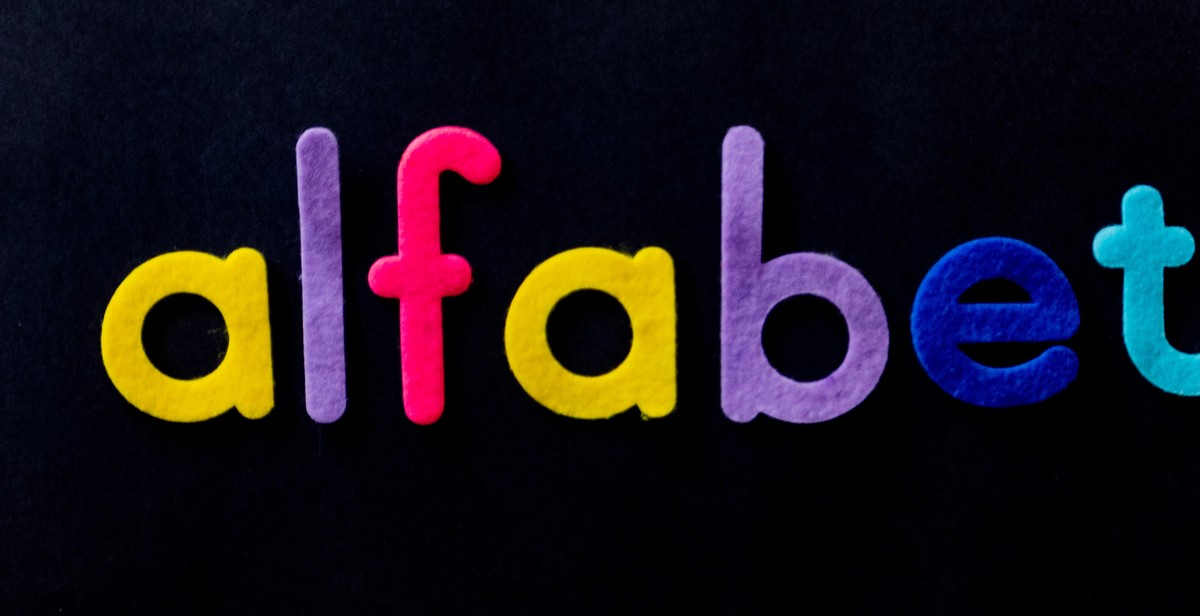
Final Thoughts
Typography art is a unique and personalized way to express oneself. With the right tools, techniques, and mindset, anyone can create beautiful lettering designs that are both aesthetically pleasing and meaningful.
Key Takeaways
- Typography art involves the creation of unique and personalized lettering designs
- Choosing the right tools and techniques is crucial for creating high-quality typography art
- Practice and experimentation are key to developing one’s typography art skills
- Typography art can be used for a variety of purposes, including branding, advertising, and personal expression
Benefits of Typography Art
Typography art has many benefits, including:
| 1. Enhanced creativity | Typography art allows you to express your creativity in a unique and personalized way. |
| 2. Improved design skills | Creating typography art can help you develop your design skills, including color theory, composition, and layout. |
| 3. Personal expression | Typography art allows you to express your thoughts, feelings, and personality through the use of lettering and design. |
Overall, typography art is a versatile and rewarding art form that can be enjoyed by anyone with a passion for design and creativity.
